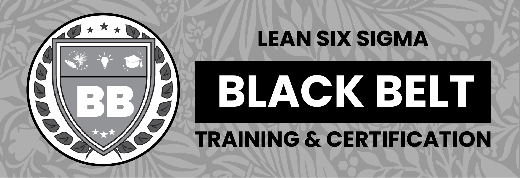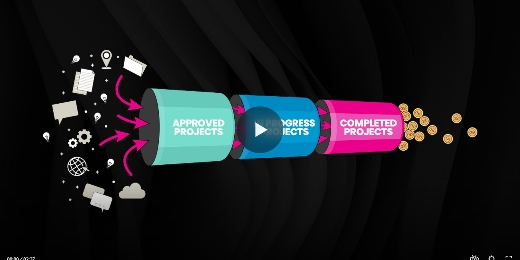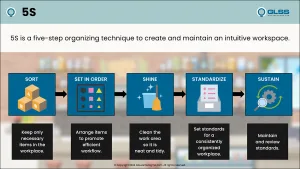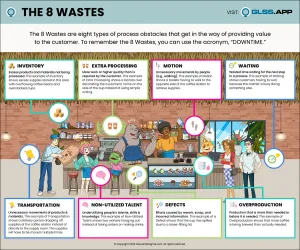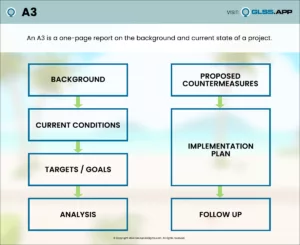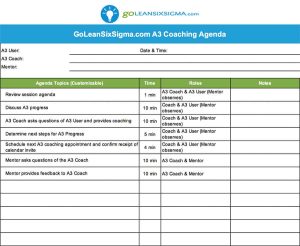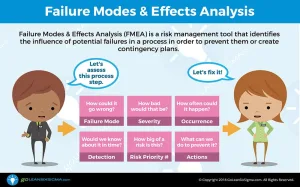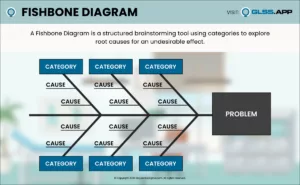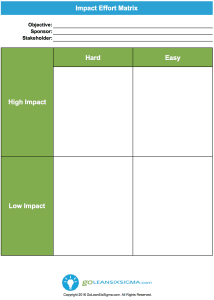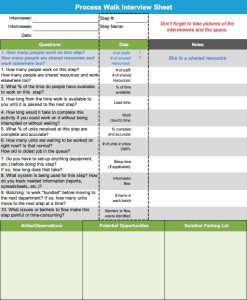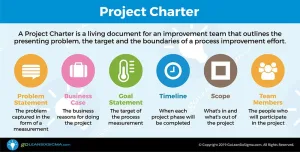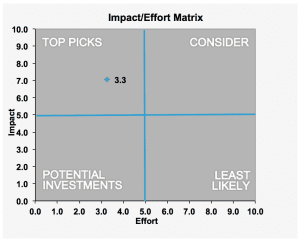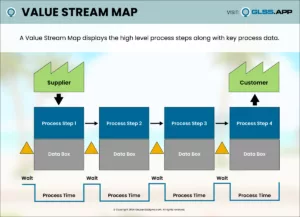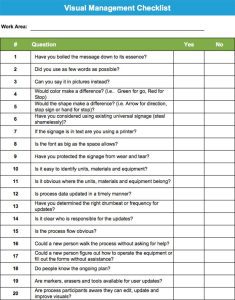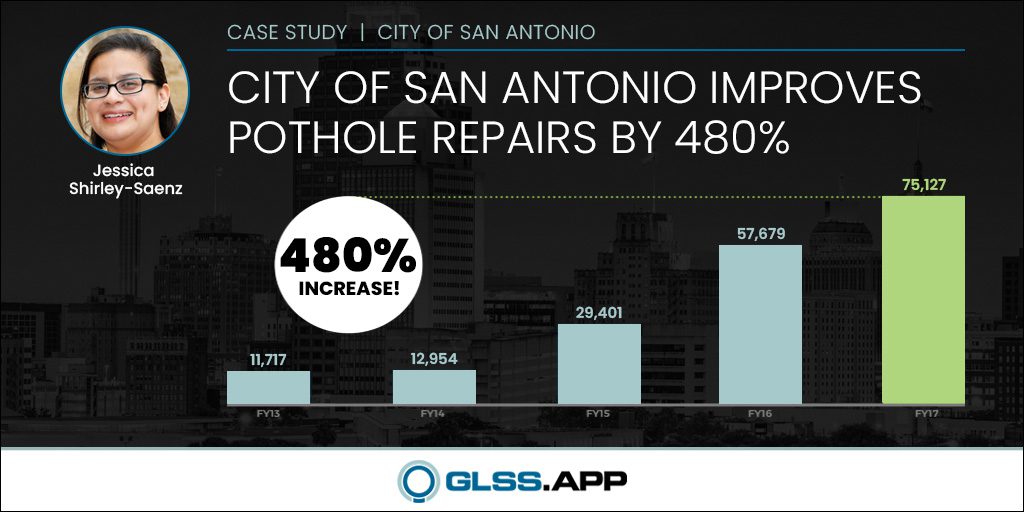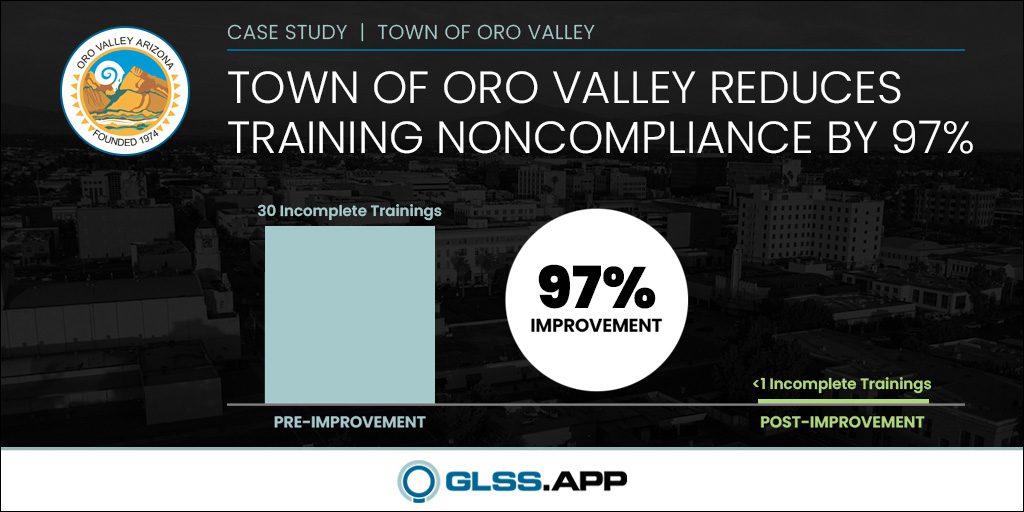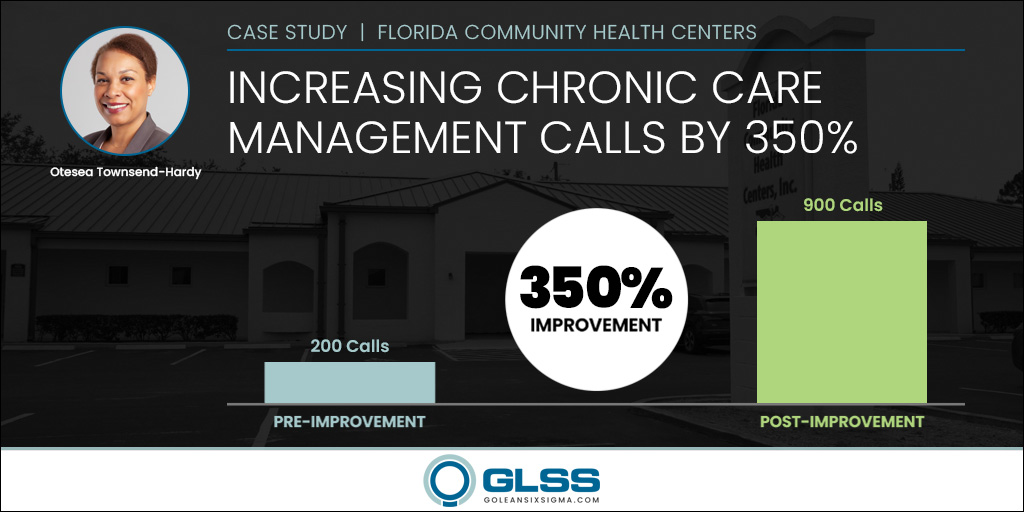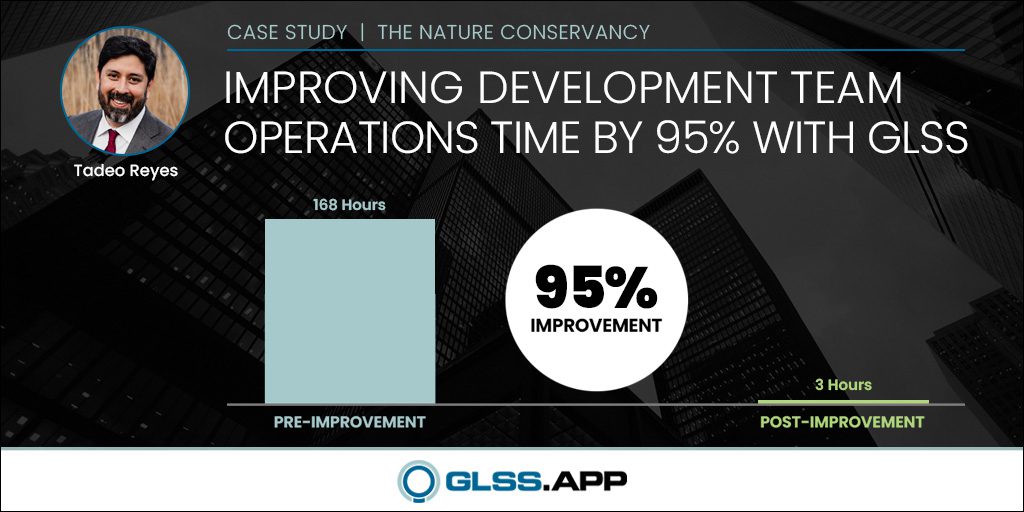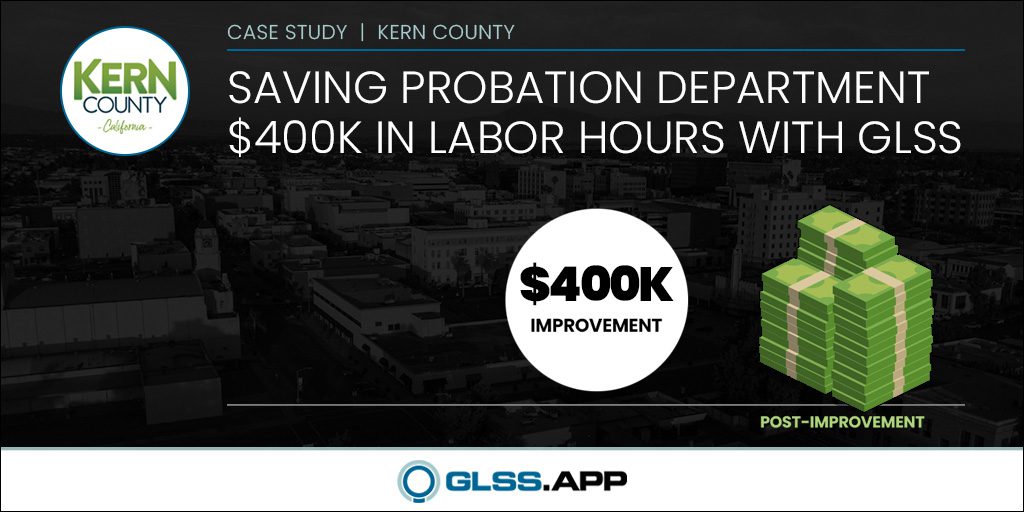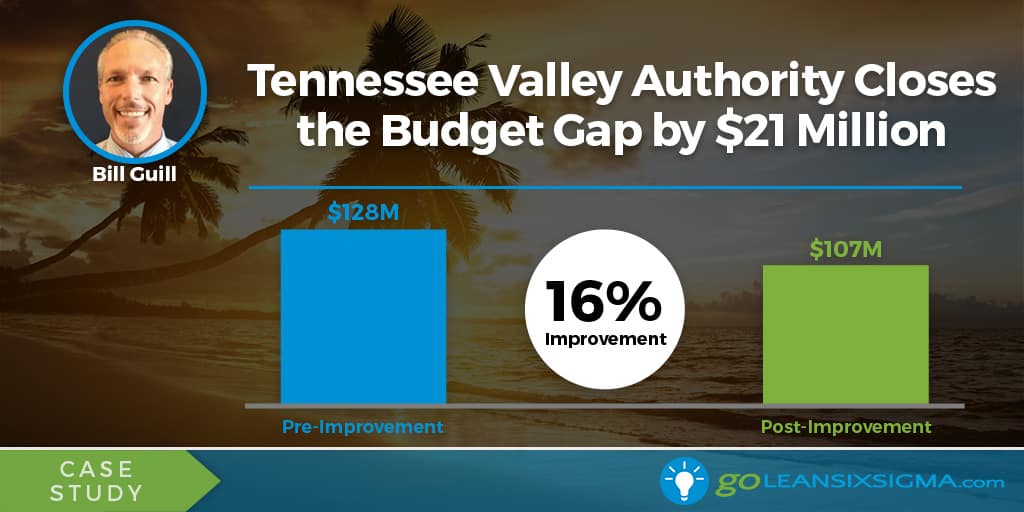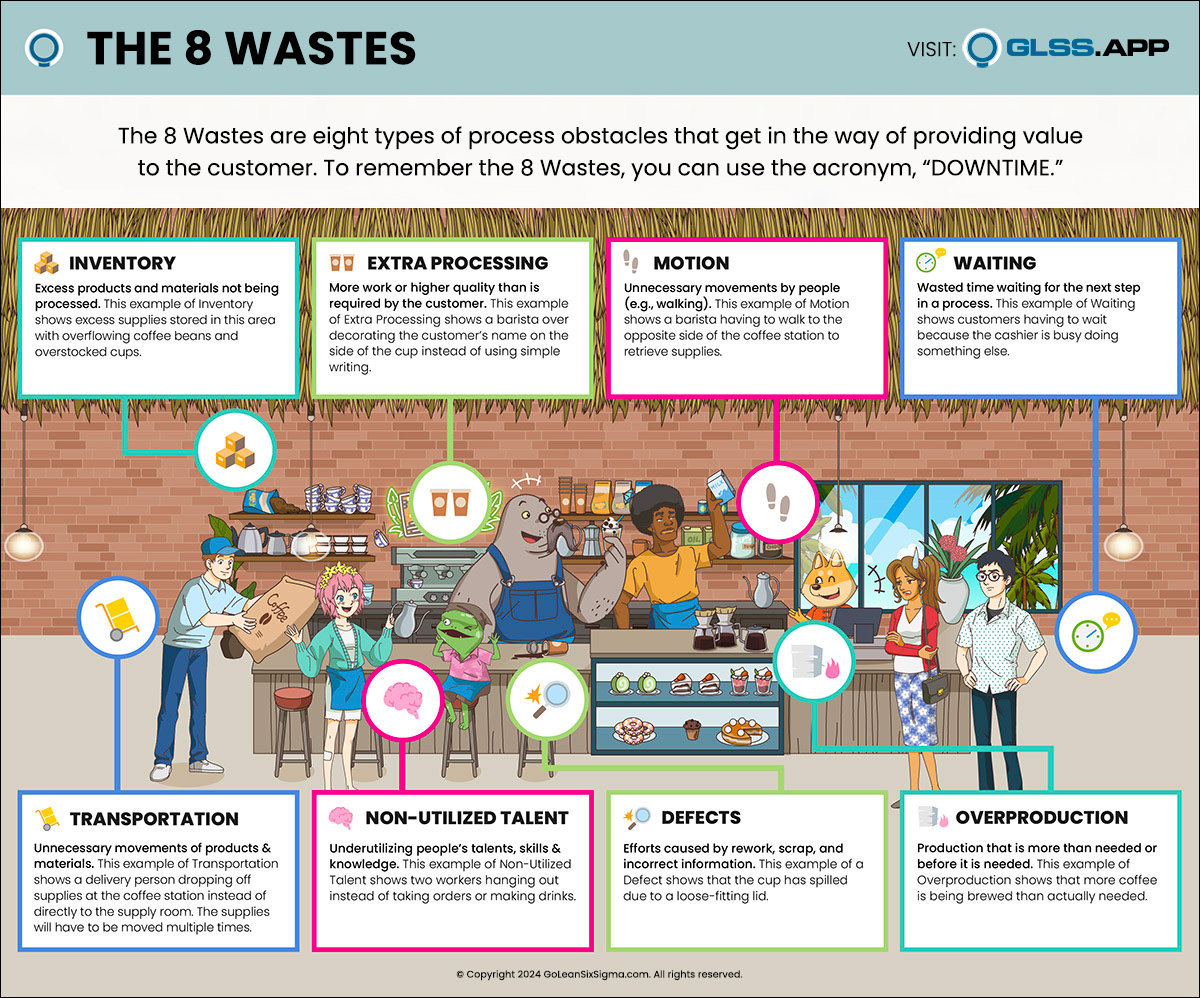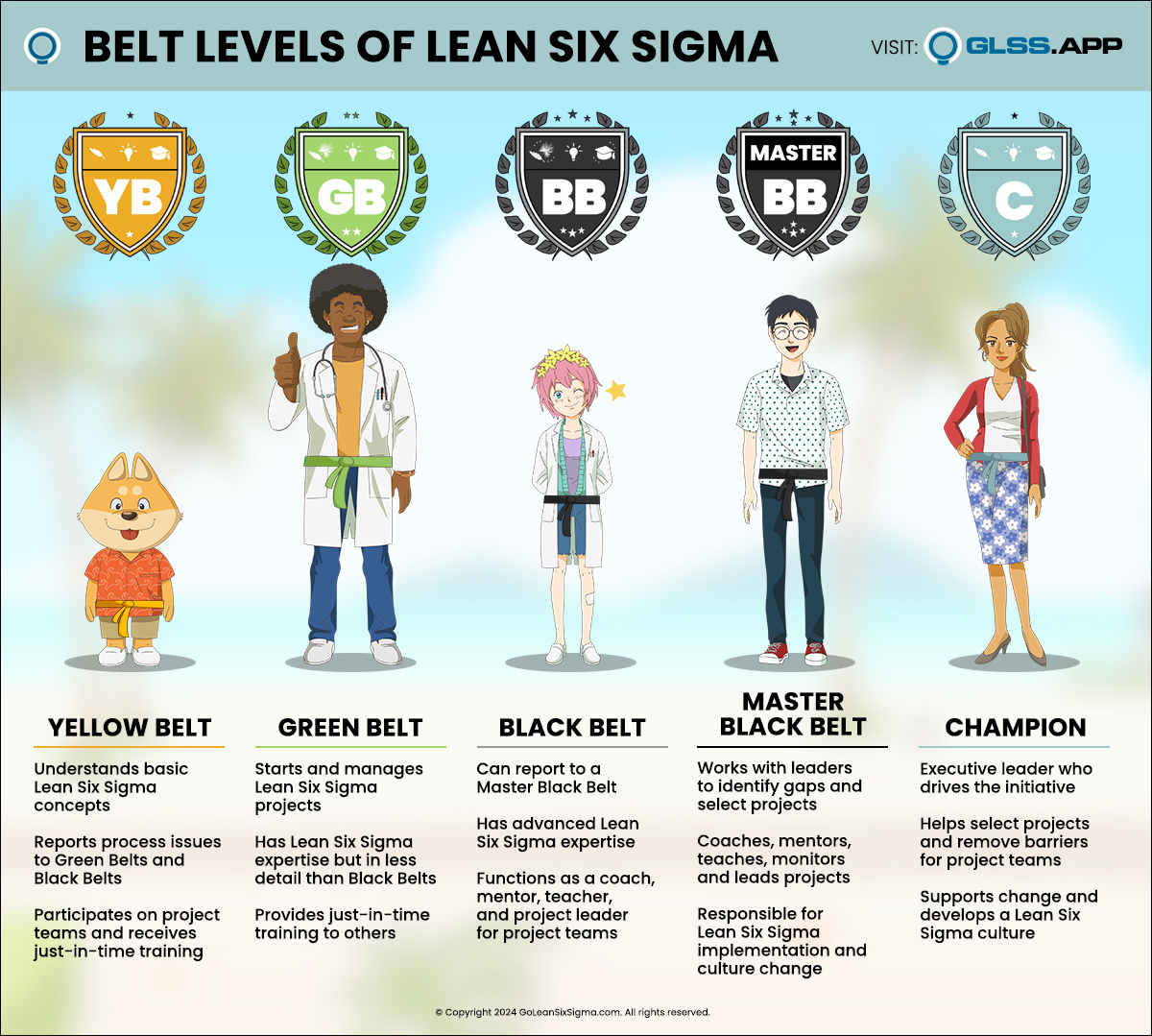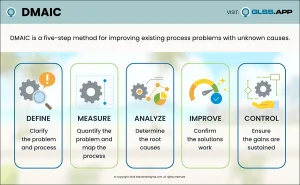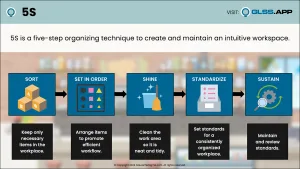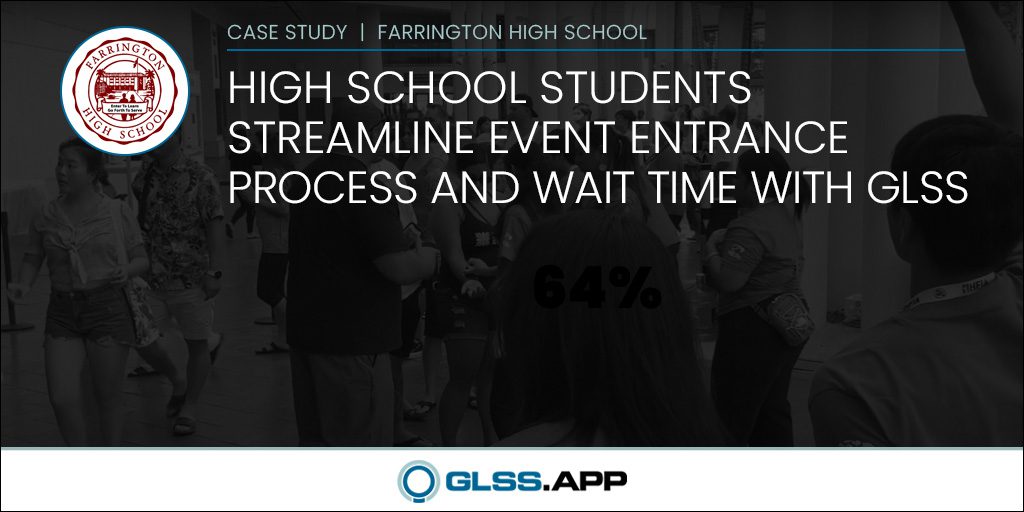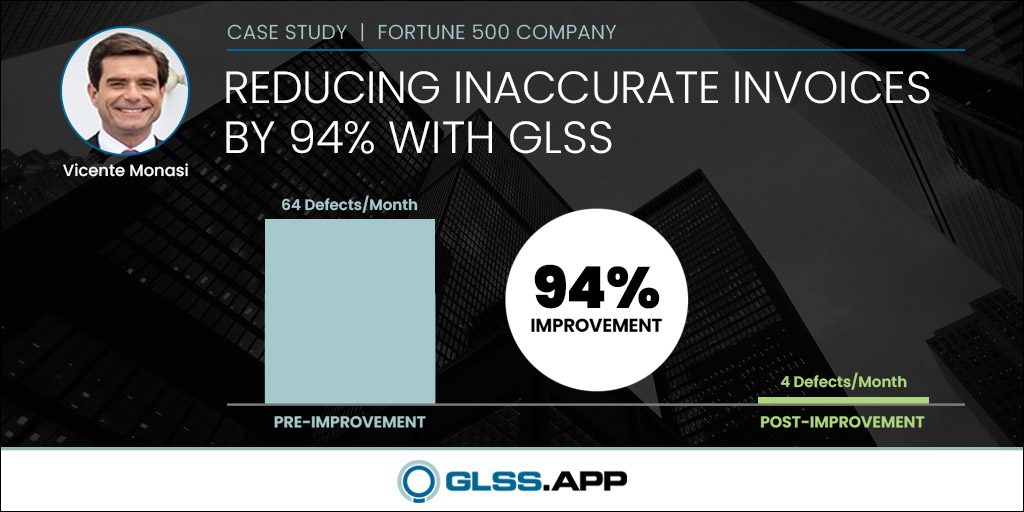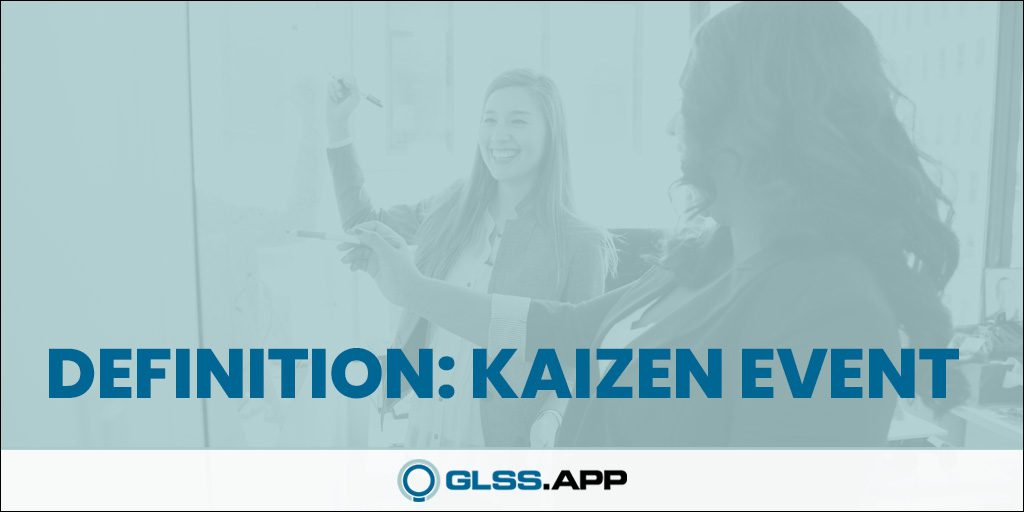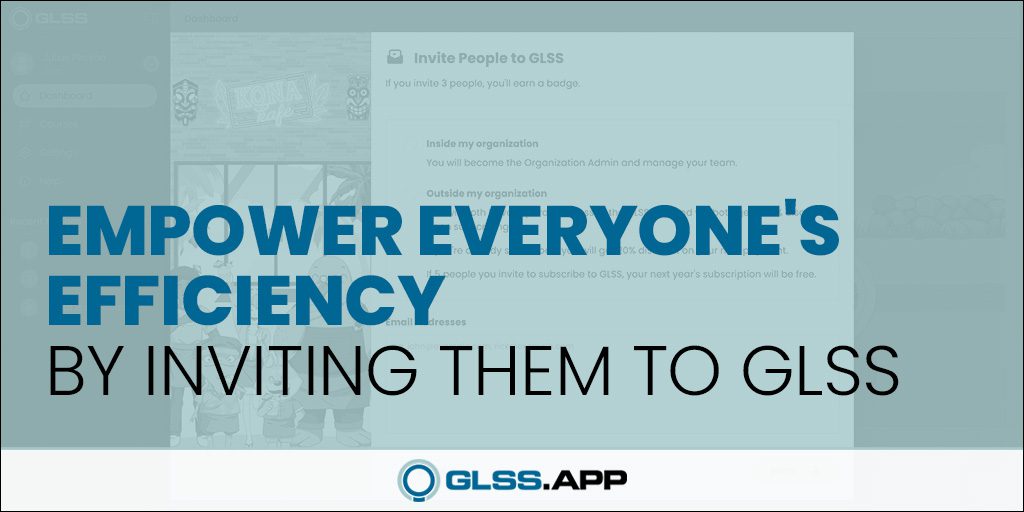Kaizen—a Japanese term—loosely translates to “change for the better.”
The key to understanding a Kaizen Event is to consider its purpose—to focus on a single challenge and take an intensive and rapid approach, with a core group of members working as a team, to solve it.
Because of its focused resolution, a Kaizen Event is also known as a Rapid Improvement Event. It’s done in a quick amount of time, meant for prompt implementation.
Benefits of a Kaizen Event
Using a structured Kaizen Event offers many benefits for organizations or teams that strive for operational excellence.
- Problem Solving: Kaizen Events facilitate the rapid identification of problems or inefficiencies within processes, allowing organizations to address issues promptly and prevent them from escalating.
- Collaboration: Kaizen Events involve cross-functional teams working to identify and implement improvements. This fosters a culture of employee engagement, empowerment, and collaboration as team members contribute their ideas and expertise to drive change.
- Continuous Learning and Innovation: Kaizen Events encourage a mindset of Continuous Learning and innovation within organizations. By regularly seeking opportunities for improvement and experimenting with new ideas, teams can drive ongoing improvement and adaptability.
- Data-Driven Decision Making: Kaizen Events emphasize using data and metrics to drive the decision-making process. Organizations can make informed decisions that lead to meaningful improvements by analyzing performance metrics and collecting stakeholder feedback.
Who’s Involved in a Kaizen Event?
A Kaizen Event typically involves the participation of individuals from various levels and functions within an organization. On average, the optimum number of participants is six to eight for a team but can encompass any number needed for success.
The same vital members and those who support the initiative are involved in each Kaizen Event. Often, the following roles are involved:
- Sponsor: The Project Sponsor oversees the event, maintaining constant visibility and accessibility throughout the entire process, from project selection, initiation, and planning to execution and subsequent follow-up. They provide the resources, support, and leadership necessary for success.
- Team Leader (or Supervisor): The Team Leader is responsible for facilitating the event, including coordinating activities, managing the agenda, and ensuring that the event stays on schedule and meets its objectives.
- Process Owner: The Process Owner is directly responsible for the process chosen for improvement. They provide insight into current challenges, goals, and performance metrics related to the process.
- Cross-Functional Team Members: Other team members can encompass individuals from different departments or functions who bring diverse perspectives, expertise, and experience to the session. They should be able to actively participate in problem-solving, generate ideas, and assist in implementing improvements.
- Facilitator or Lean Six Sigma Expert (often a Black Belt): A Lean Six Sigma expert can guide the Kaizen Event process, provide training, and ensure that Lean principles and methodologies are effectively applied.
For a more in-depth explanation of Kaizen Events, try our free Green Belt training to help improve your processes today.
When Should Businesses Use a Kaizen Event?
Organizations should use a Kaizen Event when they encounter a need for Process Improvement, Process Optimization, or innovation. Typically, the key indicator is when a process isn’t working as planned.
Teams gather for a brainstorming session to find the root cause of the problem and explore possible solutions. Often, the problem is due to waste affecting a company’s product or service.
Users of Lean Six Sigma understand that waste can get in the way of effective process flows, known as the8 Wastes.
If you want to determine if one of the wastes or any other interruption is causing inefficiency, it may be time for a Kaizen Event.
For example, if a company needs to accelerate its time-to-market delivery or an organization needs to maximize asset utilization, a Kaizen Event will help.
Conducting a Kaizen Event
A Kaizen Event should follow a pre-scripted action plan with executable steps and objectives.
- Preparation: Preparing before the Kaizen Event, including defining objectives, determining which individuals will be part of the team, assembling material, securing logistics, and any other necessary considerations to run a successful event. You can help streamline this part of the process by using DMAIC plus the A3 methodology.
- Training: Provide necessary training to team members on Kaizen principles, methodologies, and tools. Equip them with the knowledge and skills needed to participate in the event effectively.
- Implementation: Develop a detailed plan for implementing the proposed solutions, including timelines, responsibilities, and resource requirements. Ensure you’ve made all necessary preparations for smooth execution.
- Follow-Up: Conduct follow-up reviews to monitor the performance of the improved process. Identify further opportunities for refinement and continue to drive Continuous Improvement over time.
You can learn more about how to run a Kaizen Event here.
Examples of a Kaizen Event
Kaizen Events are part of Continuous Improvement initiatives to enhance processes, optimize efficiency, and drive organizational excellence.
The city of SeaTac, Washington, used a Kaizen Event to create and launch a Process Improvement effort in issuing city business licenses.
AMSURG, an ambulatory surgery center, used a Kaizen Event to reduce room turnover by 33%.
Nestlé regularly uses Kaizen Events to improve waste reduction, specifically by maximizing the use of available space and minimizing material overage.
Kaizen Events are part of any organization looking to improve its processes. If you or your team want to learn more about Kaizen Events and how to effectively implement them, try our free training.





